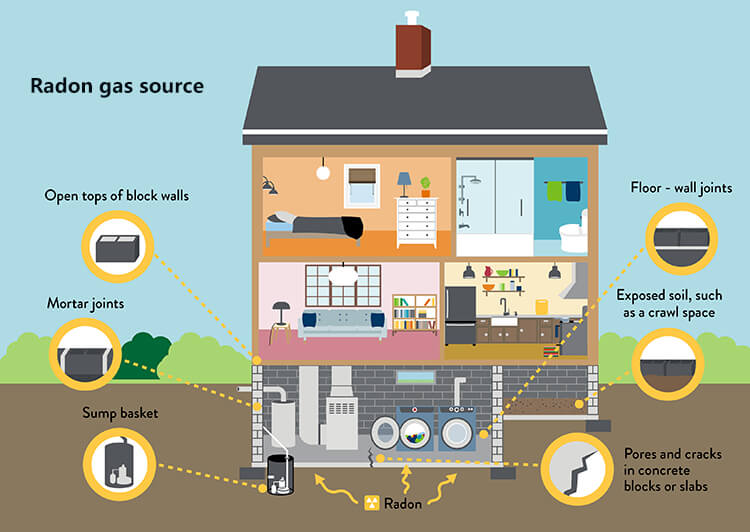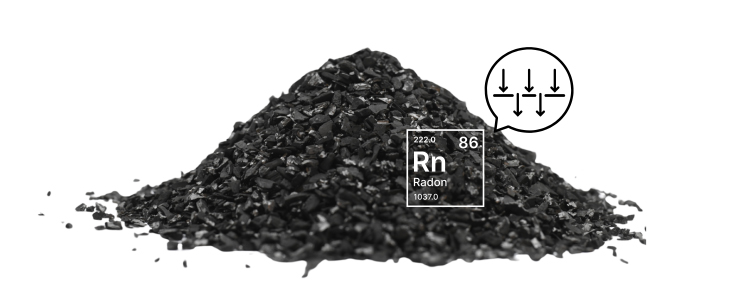Introduction
Radon, a colorless and odorless radioactive gas, which is a natural byproduct of uranium decay from soil and rocks. This will pose serious health risks when present in elevated levels indoors. Activated carbon, known for its adsorption capabilities, emerges as a promising solution for radon removal. In this guide, we delve into the intricacies of radon, and spotlight the effectiveness of activated carbon in creating safer indoor spaces.
Radon
What is radon?
Radon is a radioactive gas resulting from the decay of uranium in soil and rocks. Being colorless and odorless, radon can infiltrate homes without detection, necessitating proactive measures to mitigate its presence.
Sources of radon
Radon enters homes through the ground, exploiting openings like cracks in foundations and gaps around pipes. Understanding these entry points is crucial for effective mitigation.
Will activated carbon remove radon?
Activated carbon possesses an incredibly porous structure. It is characterized by a vast network of microscopic pores and a high surface area. This unique structure is a result of the activation process, typically involving heating a carbonaceous material, such as coconut shells or wood, in the presence of a gas that doesn't react with carbon, like steam.
Radon, being a noble gas, is chemically inert. As radon is present in the air, it can be attracted to the surfaces within the porous structure of activated carbon due to Van der Waals forces. These weak attractive forces cause radon molecules to adhere to the carbon surface.
Once attracted, radon molecules are retained within the pores of the activated carbon. The numerous microscopic channels and spaces within the carbon structure provide ample sites for radon molecules to be captured.
In the case of radon removal, activated carbon does not absorb radon into its structure but rather captures it on its surface. This adsorption process allows for the effective removal and retention of radon from the air.
Conclusion
In conclusion, radon gas poses a significant health risk, but activated carbon offers a reliable solution for adsorption. Zhulin Carbon stands out as a trusted provider of high-quality activated carbon products. To take the next step in safeguarding your home from Radon, explore Zhulin Carbon's range of activated carbon solution. We can provide you a radon-free living space.

